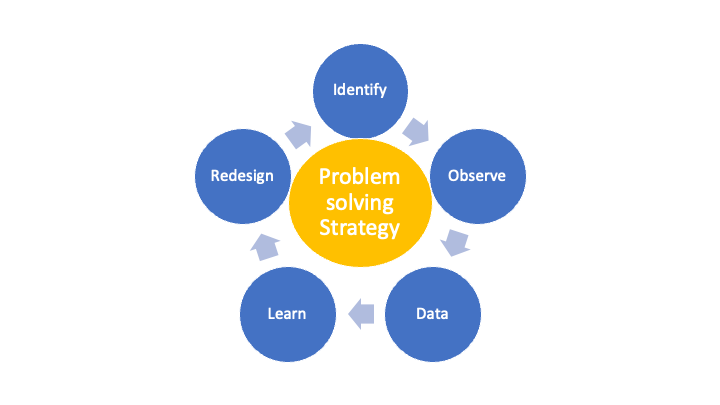Quality 4.0 Institute Approach
Our approach is based on six areas of knowledge: programming, manufacturing, quality, statistics, optimization, learning, and a 5-step novel problem solving strategy that combines them in an effective way to develop a learning quality control system, Figure 1.

5-Step Problem Solving Strategy
We develop the 5-step problem-solving strategy (Identify, Observe, Data, Learn, and Redesign) based on theory, empirical evidence, and our experience studying complex manufacturing systems. The 5 steps guide the development of the learning quality control systems, from strategic project selection to deployment. It includes empirical knowledge discovery, which is used for process redesign and improvement, Figure 2.

Learning Quality Control Systems
The learning quality control systems effectively model non-linear patterns that exist in hyperdimensional spaces. Enabling engineers to solve engineering intractable problems. The learning quality control systems are applied to replace visual inspections, detect defective items, boost processes under statistical control (rare quality event detection), and control processes which are not fully understood.
